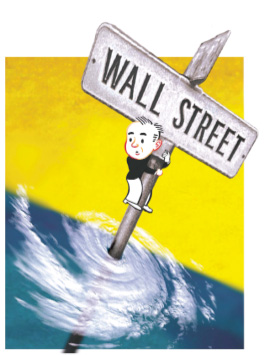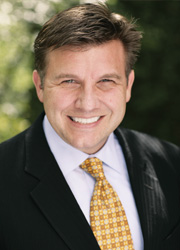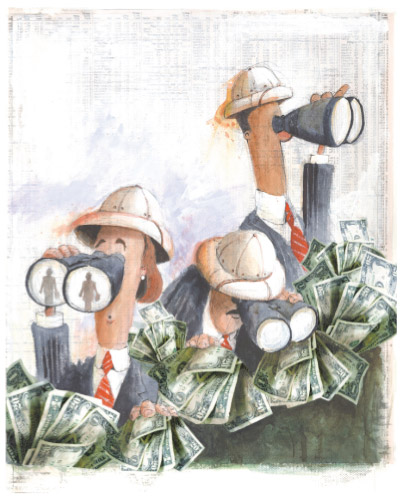
Amid growing uncertainty about the stability of the European Union, an increasing number of North American companies are looking to capitalize on opportunities in emerging markets. One such market that is particularly attractive is China, but setting up shop there is not as straightforward as these companies might perceive. Recent legal developments surrounding information management in China have the potential to dampen the enthusiasm of global investors.
A key to establishing business presence anywhere is building a local infrastructure, which includes data centers for hosting information. In April the Chinese government made this practice more difficult when it announced an amendment to its Protection of State Secrets Law, forcing Internet service providers and telecommunications companies to share their information. The state-owned Xinhua News Agency reports that the amendment requires these companies to “halt and report leaks of what the government deems to be state secrets.”
So what is the definition of a state secret? According to Xinhua, it is “information that concerns state security and interests and, if leaked, would damage state security and interests in the areas of politics, economy and national defense, among others.” The official Chinese government website posted a broad definition of what constitutes a commercial secret, defining it as covering information related to “strategic plans, management, mergers, equity trades, stock market listings, reserves, production, procurement and sales strategy, financing and finances, negotiations, joint venture investments and technology transfers.”
Outside of China, media reaction to the legislation has been critical. For example, The New York Times called it an obvious attempt to impose control over cell phone and Internet communications. The Wall Street Journal has opined that this amendment is simply a reaction to the criticism of the Chinese government’s handling of the recent Rio Tinto scandal, which led to the arrests of several of the mining corporation’s employees for espionage and bribery.
This discussion brings to mind the early 2010 decision by Google to move its servers out of mainland China and into Hong Kong because of heavy interference by the authorities. Although technically still part of China, Hong Kong has retained considerable autonomy under its designation as a special administrative region. The principle of “one country, two systems” has enabled Hong Kong to follow economic and political policies different from those of mainland China.
The Hong Kong Basic Law, which serves as the constitutional document of the region, went into effect in 1997 and will stay in place until 2047. Under this law Hong Kong’s diplomatic relations and defense are the responsibility of the Chinese government. At the same time, articles 27–38 of the Basic Law stipulate that “Hong Kong residents shall have, among other things, freedom of speech, freedom of the press and of publication; freedom of association, freedom of assembly, freedom of procession, of demonstration, of communication, of movement, of conscience, of religious belief, and of marriage; and the right and freedom to form and join trade unions, and to strike.”
Whether other companies will follow Google’s lead is not clear. Hosting companies like Rackspace that have data centers in Hong Kong have not experienced a noticeable surge in business due to this amendment so far. It is likely that companies are not making their intentions public for fear of antagonizing the Chinese government.
The April amendment does little to change the fact that there is a lack of transparency in the rules that organizations are expected to follow while doing business in China. But one thing is certain: For all those North American companies looking to take advantage of sales in the Chinese market without compromising on sharing their information, Hong Kong is a good option.




 A version of this article originally appeared in National Review Online on Aug. 12, 2009.
A version of this article originally appeared in National Review Online on Aug. 12, 2009.
 According to a recent large-sample study, the extent to which medical residents—physicians in training—are involved in reporting safety incidents is limited, indicating a need for more institutional focus about how, when, why and where incidents should be reported.
According to a recent large-sample study, the extent to which medical residents—physicians in training—are involved in reporting safety incidents is limited, indicating a need for more institutional focus about how, when, why and where incidents should be reported.




 Presiding over a multibillion-dollar spy satellite program for the U.S. government is difficult enough without having to endure the strain of shrinking budgets, engineering problems, schedule delays and balkanized customer relationships. However, those are exactly the problems that our team, the Space Systems Group at the National Reconnaissance Office, faced in 2006. They are also the reason why we sought the expertise of the Vanderbilt Executive Development Institute at the Owen School.
Presiding over a multibillion-dollar spy satellite program for the U.S. government is difficult enough without having to endure the strain of shrinking budgets, engineering problems, schedule delays and balkanized customer relationships. However, those are exactly the problems that our team, the Space Systems Group at the National Reconnaissance Office, faced in 2006. They are also the reason why we sought the expertise of the Vanderbilt Executive Development Institute at the Owen School.
 Numerous experts and laymen alike expect the Chinese to realign their business operations, financial behavior and cultural ways to resemble those of the West. This attitude is quietly resented by the striving Chinese. It is also dead wrong. The Chinese want to become Westerners as much as Westerners want to become Chinese.
Numerous experts and laymen alike expect the Chinese to realign their business operations, financial behavior and cultural ways to resemble those of the West. This attitude is quietly resented by the striving Chinese. It is also dead wrong. The Chinese want to become Westerners as much as Westerners want to become Chinese.















